Cold wave likely to grip Karachi from Jan 4
Rains in Balochistan may bring icy winds to Karachi, intensifying the cold spell expected from January 4.
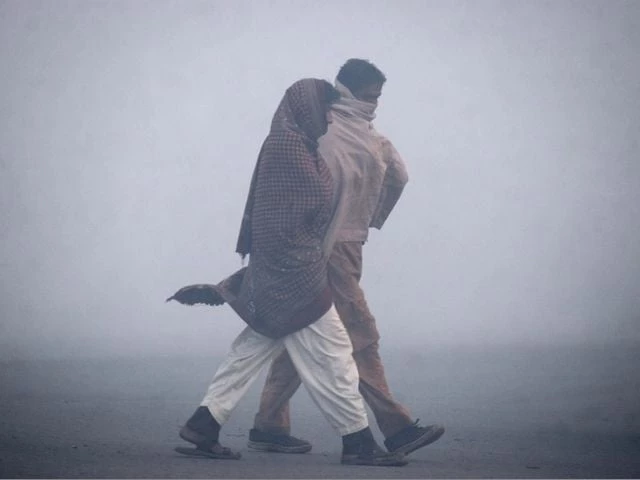
Karachi is expected to face a deeper cold spell starting January 4 as westerly winds make their way into the region, the Pakistan Meteorological Department (PMD) said Thursday.
Though a brief respite from the chill is anticipated today and Friday, rains in Balochistan are likely to be followed by icy winds sweeping into the metropolis, further lowering temperatures.
The city recorded a minimum temperature of 13.5°C with a 58% humidity level on Thursday, alongside six-kilometre-per-hour winds from the north, according to the Met Office. Cold and dry weather is expected to persist in the coming days.
In December, last year, Karachi’s temperatures fell to as low as 9.1°C and 9.5°C on separate occasions, highlighting the severity of this winter season.
Adding to the challenge, Karachi is grappling with deteriorating air quality. On December 31, the Air Quality Index (AQI) hit 237, a level deemed "very unhealthy" by air quality monitor IQAir.
The concentration of PM2.5 pollutants was measured at 162 µg/m³, over 32 times higher than World Health Organisation (WHO) guidelines.
Citizens have been advised to take precautions against the cold and reduce exposure to polluted air.
Karachi and Lahore have ranked among the top 10 of the world's most polluted cities, according to the latest rankings by IQAir. Karachi ranked sixth with an Air Quality Index (AQI) of 208, classified as “very unhealthy.” Lahore followed closely in ninth place, with an AQI of 191, falling into the “unhealthy” category. Both cities continue to grapple with deteriorating air quality, posing significant health risks to their residents.
In Karachi, air pollution has been exacerbated by rapid urbanisation, unchecked industrial emissions, and increasing vehicular traffic. The metropolis, home to over 16 million people, faces chronic air quality issues due to the lack of stringent environmental regulations and insufficient implementation of existing policies. High concentrations of particulate matter (PM2.5) have been reported, severely affecting the health of vulnerable groups, including children and the elderly.
Lahore, often referred to as the "smog capital" of Pakistan, is no stranger to hazardous air quality levels, especially during the winter months. Smog formation, driven by emissions from brick kilns, crop burning, and vehicular exhaust, has become an annual crisis. Residents regularly experience respiratory illnesses, while schools and offices face periodic closures due to poor visibility and health risks. Despite measures like the introduction of zigzag technology in brick kilns and vehicular inspection programmes, progress has been slow.


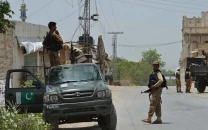
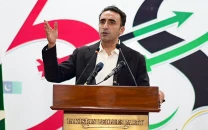




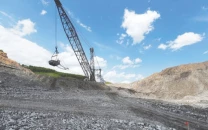

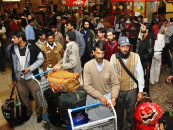

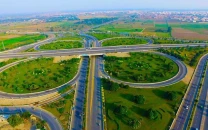






COMMENTS
Comments are moderated and generally will be posted if they are on-topic and not abusive.
For more information, please see our Comments FAQ